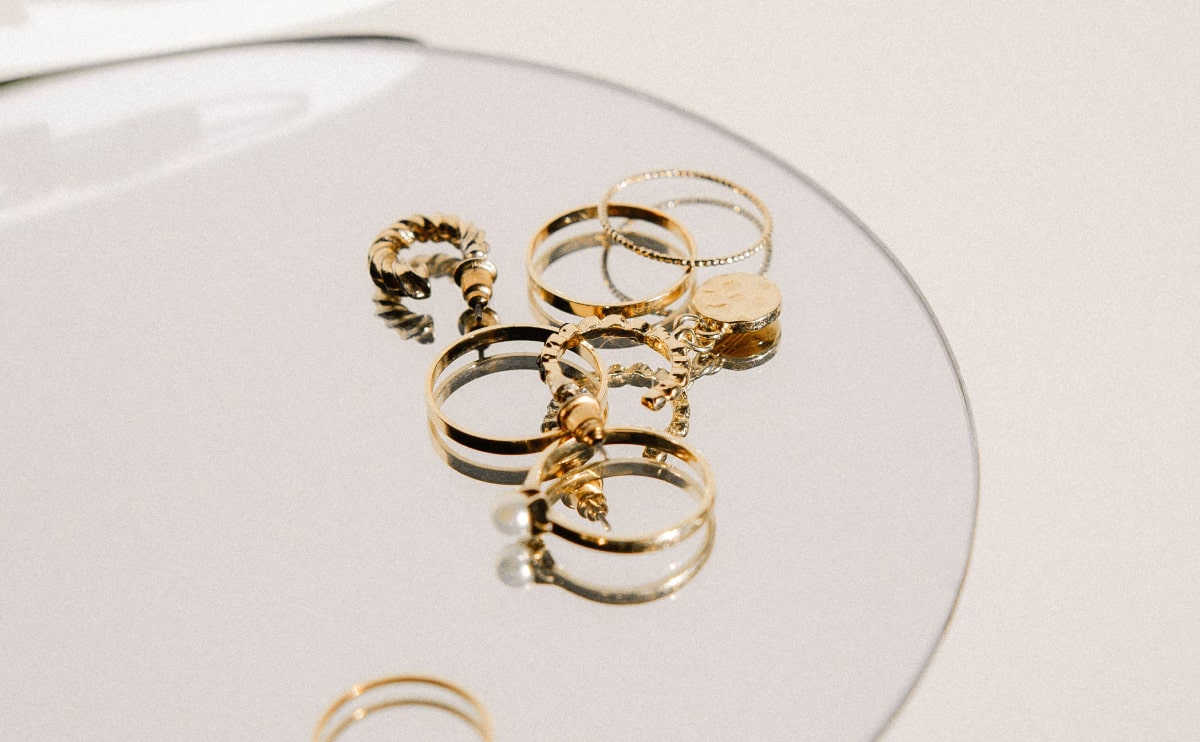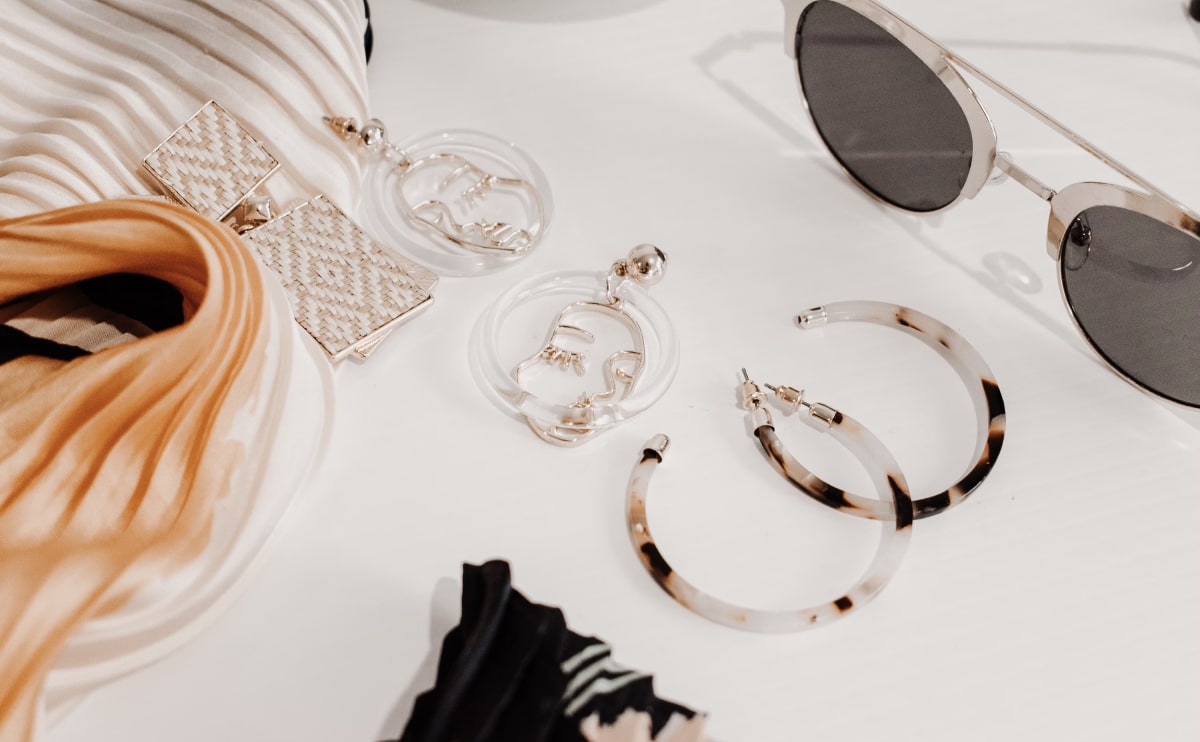Please visit the online store>>Click here to buy diode junction potential related products
Millions of products are now available at 50% off market price,from $1.08 / Unit
The diode junction potential is a critical concept in semiconductor physics, particularly when discussing the behavior of p-n junctions. A p-n junction is formed when p-type and n-type semiconductor materials are brought into contact. P-type materials are rich in holes (positive charge carriers), whereas n-type materials contain excess electrons (negative charge carriers). The interaction between these two types of materials creates a unique electric field at the junction, resulting in what is known as the junction potential.
When the p-n junction is first formed, free charge carriers from the n-type region diffuse into the p-type region, while holes from the p-type region move into the n-type region. This movement of charge carriers continues until the charges near the junction recombine, leading to the formation of a depletion region. This region is devoid of free carriers and acts as an insulator, allowing for a build-up of positive charge on the p-side and negative charge on the n-side. The resulting electric field opposes further diffusion of the holes and electrons, establishing a steady-state condition.
The junction potential arises due to the electric field created across the depletion region. It creates a potential barrier that must be overcome for charge carriers to move across the junction. This potential is crucial for the functioning of diodes, as it regulates current flow. When a forward bias is applied—where the p-side is connected to a higher voltage than the n-side—the junction potential is reduced, enabling current to flow easily. Conversely, when a reverse bias is applied, the junction potential increases, effectively preventing current from flowing.
The magnitude of the junction potential is primarily determined by the materials used and the temperature. Typically, the junction potential ranges from 0.2 to 0.7 volts for silicon diodes at room temperature. Understanding this potential not only helps in characterizing diodes but is also essential for the design of semiconductor devices. Engineers often design circuits based on the behavior of junction potentials under various biases, making it a fundamental part of electronic circuit design.
In summary, the diode junction potential is an essential aspect of p-n junctions in semiconductor devices. It arises from the interaction between p-type and n-type materials and plays a vital role in controlling current flow through diodes. By manipulating the junction potential through forward and reverse biasing, engineers can create devices that are integral to modern electronics. Understanding this concept is essential for anyone looking to delve into the field of semiconductor physics and electronic engineering.




